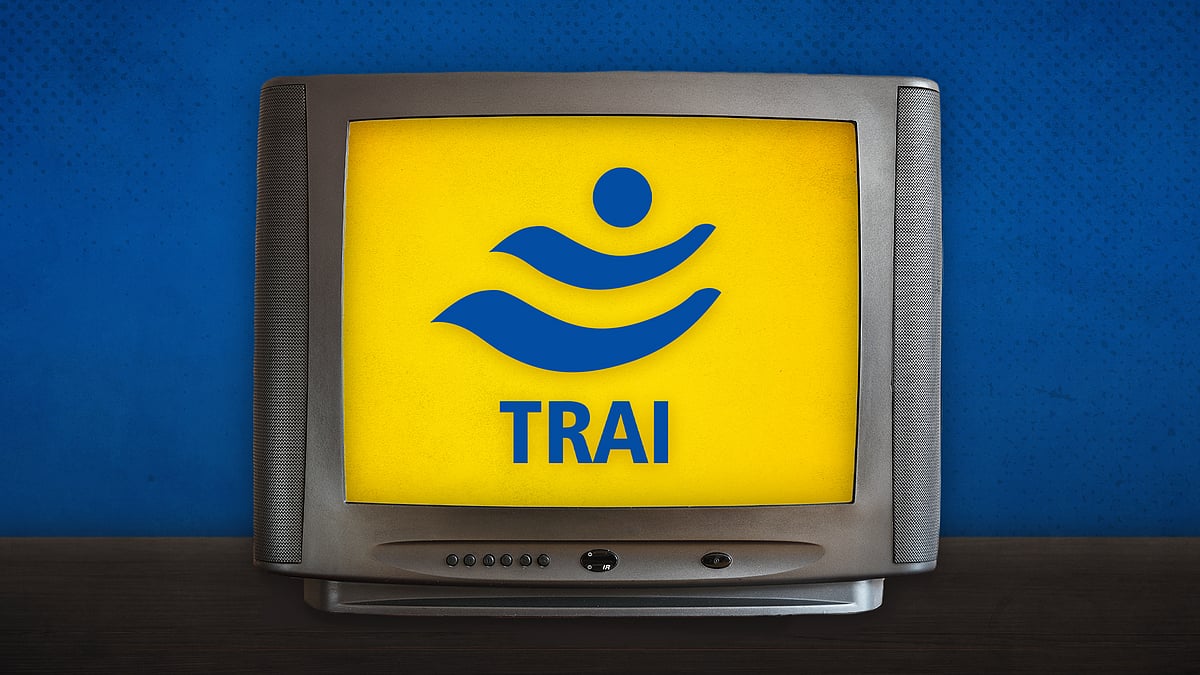Multiple rating agencies, new framework for OTT data: TRAI suggestions for broadcast policy
TRAI had floated a pre-consultation paper in September last year to seek responses on the national broadcasting policy.
The Telecom Regulatory Authority of India on Thursday released its recommendations on the formulation of the National Broadcasting Policy.
Among other suggestions, it has asked for a transparent and credible television audience measurement system, a revamp of the existing audience measurement system, expansion of the sample size, multiple rating agencies, use of other technologies to enhance data accuracy, creation of a new framework for OTT viewership data, and a policy for radio audience measurement.
“Currently, the Broadcast Audience Research Council (BARC) is the sole provider of television ratings in India. Modern technologies such as Big Data, AI, Wearable meters, and Return Path Data (RPD) may be utilised to provide real-time insights and enable broadcasters and advertisers to adapt strategies swiftly. Additionally, there is a significant need for a representative and reliable radio audience measurement system. TRAI's recommendations of 2016 have provided a framework for this purpose,” the authority said, referring to its consultation paper.
TRAI had floated a pre-consultation paper in September last year to seek responses on the new broadcasting policy. It reportedly received feedback from around 28 groups, individuals, and firms.
“Stakeholders when asked about multiple rating agencies…had opposite views. One of the stakeholders supported it and stated that multiple rating agencies foster competition and innovation. It provided an example that countries like the UK, USA, Malaysia, Australia and Philippines have at least two concurrent rating systems. Another stakeholder in support of multiple agencies opined that multiple agencies bring in competition, new technologies, research methodologies and enhance better quality. One of the stakeholders who opposed the idea expressed that multiple agencies may lead to conflict in data due to divergent choices in sample selection and variances in parameters to be measured,” it noted.
“However, the current scenario reveals that BARC India is operating with a panel size of only 55,000 households. A smaller panel size inherently limits the scope of data available for analysis….Expanding panel size and embracing advanced technologies is crucial for ensuring a more credible audience measurement.”
“Further, the entry of multiple agencies not only introduces competition but also has the potential to enhance the quality of service and reduce costs….competitive environment serves as a natural deterrent against any attempt of manipulation in ratings. With multiple agencies competing for accuracy and credibility, any attempt to manipulate ratings becomes more easily detectable. Also, countries like Australia, Malaysia, Singapore, South Korea have two agencies for audience measurement,” TRAI said.
It said that to facilitate the establishment of multiple audience measurement agencies, the government should play a proactive role. Offering subsidies and launching schemes could serve as incentives for the formation and sustenance of these agencies, it said, adding that these could encourage them to invest in state-of-the-art technologies, proven research methodologies and transparent measurement processes.
It also said that there should be a comprehensive methodology for radio audience measurement in India. “Continuance with an inadequate radio rating system is likely to hamper the growth of the radio industry as financial decisions are largely influenced by radio ratings.”
Complaining about the media is easy. Why not do something to make it better? Support independent media and subscribe to Newslaundry today.
 TRAI raises cap to Rs 19 for bouquet TV channels. Will they become costlier?
TRAI raises cap to Rs 19 for bouquet TV channels. Will they become costlier?  TRAI extends deadline on TV tariffs again. Here’s why
TRAI extends deadline on TV tariffs again. Here’s why